

Choosing the right bow weight is a crucial decision for new archers. A bow that is too heavy can lead to frustration and injury, while a bow that is too light may not provide enough challenge. In this article, we will explore the factors that influence bow weight, the potential consequences of choosing the wrong weight, and provide guidance on selecting the ideal bow weight for beginners.
Factors Affecting Bow Weight
Several factors contribute to the overall weight of a bow:
Material: The materials used in the construction of the bow, such as wood, composite materials, or metal, significantly impact its weight.
Size: Larger bows tend to be heavier than smaller bows.
Design: The design features of a bow, such as the riser length, limb shape, and cam system, can affect its weight.
The Importance of Bow Weight for Beginners
Selecting the appropriate bow weight is essential for beginners for several reasons:
Safety: A bow that is too heavy can increase the risk of injury, especially for those who are new to archery.
Enjoyment: A bow that is too difficult to draw can make archery less enjoyable and may discourage beginners.
Learning Curve: A lighter bow can provide a gentler learning curve, allowing beginners to develop their technique and strength gradually.
Choosing the Right Bow Weight
When selecting your first bow, consider the following factors:
Physical Strength: Assess your overall physical strength and endurance. A heavier bow may be more challenging for those with limited strength.
Learning Goals: Determine your goals for learning archery. If you plan to focus on target shooting, a slightly heavier bow might be beneficial. For recreational shooting or hunting smaller game, a lighter bow may be more suitable.
Bow Type: The type of bow you choose (e.g., recurve, compound) will also influence the available weight options.
Professional Guidance: Seek advice from a qualified archery instructor or shop to get personalized recommendations based on your individual needs and abilities.
General Guidelines for Beginners
While individual preferences may vary, here are some general guidelines for beginners:
Recurve Bows: For beginners, recurve bows in the range of 25-35 pounds are often recommended. This allows for a gradual increase in draw weight as strength and skill improve.
Compound Bows: Compound bows typically have adjustable draw weights. Starting with a lower draw weight and gradually increasing it over time can be a good approach for beginners.
The Consequences of Choosing the Wrong Bow Weight
Injury: A bow that is too heavy can increase the risk of strains, sprains, or other injuries.
Frustration: A bow that is too difficult to draw can lead to frustration and a loss of interest in archery.
Limited Progress: A bow that is too light may not provide enough challenge, hindering your progress and development as an archer.